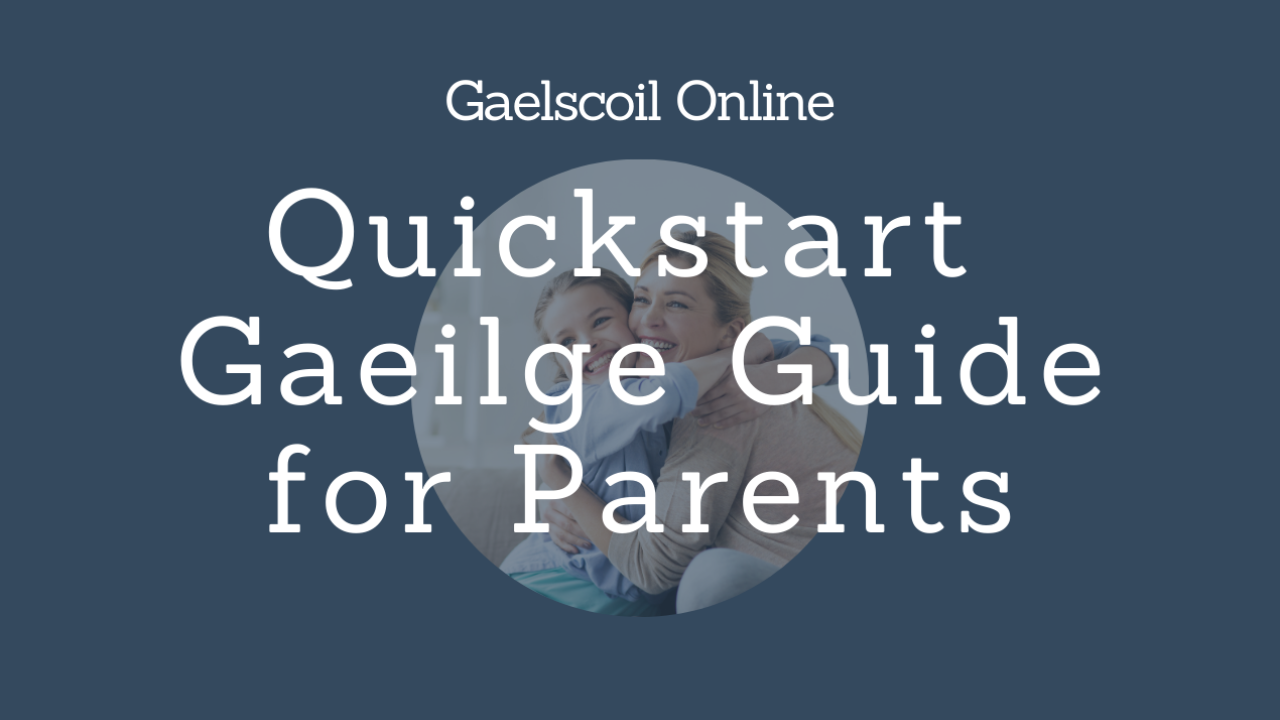
The Irish Alphabet Explained
The Irish Alphabet Explained
In this blog post, we'll explore the history and characteristics of the Irish alphabet, and we'll also discuss how it is used in the Irish language today.
We'll also talk about the pronunciation of the letters and how they differ from the English alphabet. Whether you're a student of the Irish language and culture, or you're simply curious about this unique writing system, this blog post is sure to provide you with valuable insights and information. So if you're ready to learn more about the Irish alphabet, read on!
The Irish Alphabet Historically
The Irish alphabet, also known as the Irish script or the "Ogham alphabet," is an early medieval alphabet used to write the early Irish language (also called "Old Irish"). It consists of 20 letters and uses a combination of lines and notches to represent various sounds. It was mostly used to write on stone and wood, including trees. You can find out more about Ogham here
From Ogham to the Latin Alphabet
With the advent of Christianity in Ireland, the Latin alphabet was introduced by Irish monks. They adapted the Latin alphabet to the Irish language and the so-called "insular script" was formed. This script was used for manuscripts and is characterized by a number of unique letter forms and ligatures which, allows the Irish language to be written in a manner which was more suitable to its phonetics.
The modern Irish alphabet is a variant of the Latin alphabet and was formalized in the 18th century by the Irish language scholar and linguist, Edward Orth. He created this standardized writing system that is used to write modern Irish today,
The difference between the standardized Irish orthography and the English alphabet is that while both use the same 26 letters of the Latin alphabet, they are used to represent different sounds and have different spelling rules.
The Irish Alphabet Today
The Irish alphabet, traditionally, consists of 18 letters. The letters are:
A B C D E F G H I L M N O P R S T U
Traditionally, there are no J, K, Q, V, W, X, or Y in the Irish alphabet. However, new words that have come into the Irish language from English, and other languages, now contain these letters. For example Zoo in Irish is 'Zú'. These letters are used primarily for loanwords and names, and they are pronounced as they are in English.
As you will see, most letters are pronounced as they are in English, so great news there. However, of course, Irish is its own language, it is not a Germanic language like English is, so there are different sounds and different combinations of letters that make different sounds.
Check out the free pronunciation guide to the Irish language below
- A: Pronounced as in "father." Example: "a" in the phrase "a hAon" meaning the number 1 in Irish.
- B: Pronounced as in "bed." Example: "bainne" (meaning "milk").
- C: Pronounced as in "cat." Example: "cailín" (meaning "girl").
- D: Pronounced as in "dog." Example: "dara" (meaning "second").
- E: Pronounced as in "met." Example: "le" (meaning "with").
- F: Pronounced as in "from." Example: "fear" (meaning "man").
- G: Pronounced as in "go." Example: "Gaeilge" (meaning "Irish", the language).
- H: Pronounced as in "hat." Example: "hata" (meaning "hat").
- I: Pronounced as in "hit." Example: "i" (meaning "in" or "into").
- L: Pronounced as in "light." Example: "leabhar" (meaning "book").
- M: Pronounced as in "man." Example: "mo" (meaning "my").
- N: Pronounced as in "no." Example: "níos" (meaning "more").
- O: Pronounced as in "onion." Example: "do" (meaning "your").
- P: Pronounced as in "pet." Example: "páiste" (meaning "child").
- R: Pronounced as in "right." Example: "rud" (meaning "something").
- S: Pronounced as in "sun." Example: "solas" (meaning light").
- T: Pronounced as in "time." Example: "tá" (meaning "is") in the phrase "tá sé ró-mhór" (meaning "it's too big").
- U: Pronounced as in "put." Example: "uisce" (meaning "water")
What About Accents? How Do You Pronounce a Fada in Irish?
- Á: Pronounced as "aw." Example: "Tá" in the phrase "Tá sé" meaning "he is".
- É: Pronounced as "ey." in the word 'Hey' Example: "Sé" in the phrase above.
- Í: Pronounced as the letter 'e'. Example: "Sí" in the phrase "tá sí" meaning "she is".
- Ó: Pronounced as "oh", or as the letter itself. Example: "ón" (meaning "from the").
- Ú: Pronounced as in "who." Example: "tú" in the phrase "tá tú" meaning "you are".
What are the Differences in Pronunciation Between Irish and English?
In Irish, there are combinations of letters that make different sounds. They can even differ across different dialects of Irish too.
For example;
- bh is pronounced like the letter 'v' in 'an bhean' [on van] meaning 'the woman'.
- mh is pronounced like a v or w, depending on the dialect spoken and the word itself. 'Mo mháthair' = my mother and can be pronounced like 'muh wa-her' or 'va-her'.
Silent Letters and Sounds in Irish?
Silent letters in English words often provide difficulty to English language learners and Irish is no exception, in fact, we have a lot more.
Silent h; If the first letter of a word in Irish is followed by a 'h', you will usually never hear that first letter. Example = teach = house in Irish [chakh] but when it's 'my house', it's "mo theach", pronounced [hakh].
So, Is Irish a Hard Language to Learn?
Because Irish uses the same alphabet as English, and often similar sounds with its letters, it means that it is not very difficult for English language speakers to learn. However, we of course have different sounds, but once you have learnt a wide range of vocabulary, you will be surprised at how easy the language can be to pick up.
